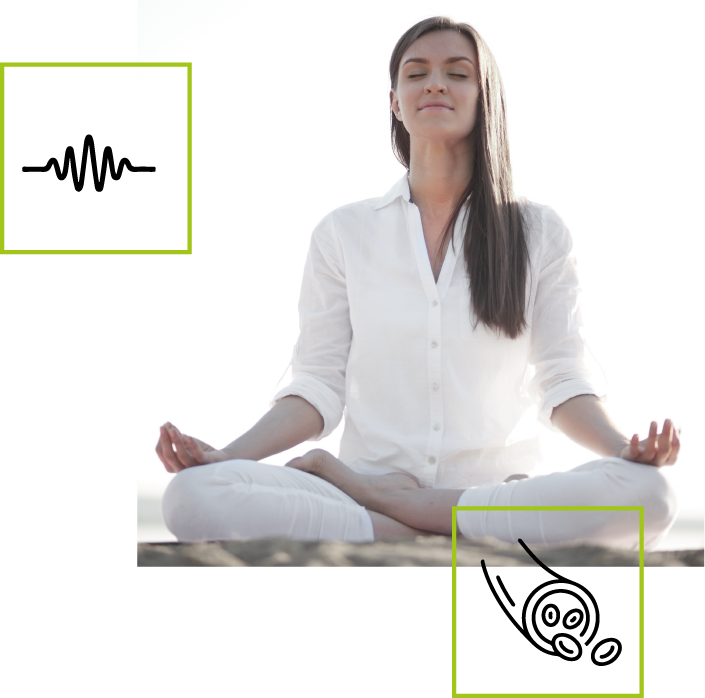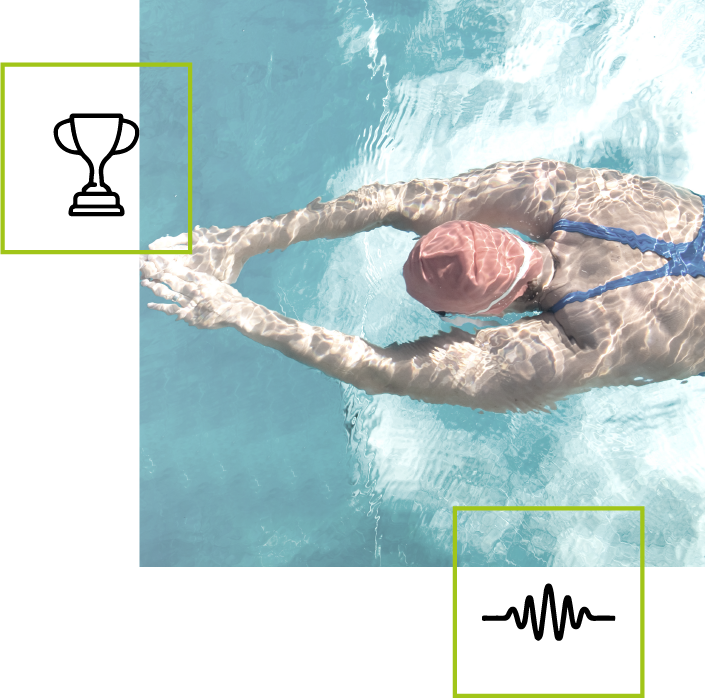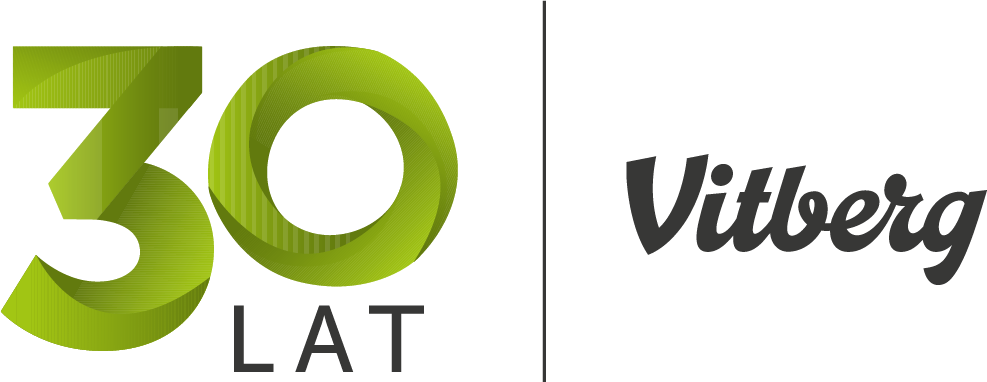Vibrotherapy – improves sports performance and regenerates
Vibrations with the right parameters increase the value of sports training and, administered during post-workout rest, reduce fatigue and speed up recovery.
How does it work?
Vibrotherapy accelerates recovery after training by lowering blood levels of lactate, IL-6 and myoglobin, which, when elevated, are associated with feelings of fatigue, the development of inflammatory processes and skeletal muscle damage, respectively. In addition, vibrotherapy increases the concentration of MMP-2, which can affect more efficient remodelling of the extracellular matrix and stimulate angiogenesis, improving blood supply and nutrition to adjacent tissues.


When and for whom?
Instrumented vibration massage supports sports training, physiotherapy and wellness. It is recommended for professional athletes, amateurs, but also for people weakened after an illness, and wishing to return to high sports form; also for people with difficult access to conduct active exercises.
Effectiveness
Regeneration in sports plays an extremely important role. It is largely dependent on it to increase exercise capacity, which directly translates into results. One of the most effective methods of alleviating or eliminating an athlete's pain and discomfort after an intense workout is vibration massage.

Tyka A, Pałka T, Piotrowska A, Żiżka D, Pilch W, Cebula A, Tyka A. The effect of vibro-massage on the level of selected marker of muscle damage and connective tissues after long-term physical exercise in males. JKES 2018; 28 (82): 21-27
Benefits of vibrotherapy

No side effects

Action confirmed by scientists and practitioners

Perceptible effects from 1 treatment

Choose the right product
Choose the right product
We will help you select a set of modules that suits your conditions.
Vibrotherapy for “muscle soreness” (delayed onset muscle soreness syndrome – DOMS)
Increased and prolonged physical exertion often causes delayed muscle soreness. This is caused by the development of inflammatory processes in response to mechanical damage to skeletal muscle. Muscle efficiency then decreases, and muscle mass and strength can also be reduced. Researchers from the University of Physical Education in Kraków, analysing the concentrations of selected biochemical indicators on a group of 20 young men, have shown that the application of oscillatory-cycloidal vibration (Vitberg) during 60 minutes of rest after prolonged (120 minutes) and intense exercise promotes faster and more effective recovery than rest without vibration.
Vibration massage in sports
Research on vibration massage for use in sports began in the 1960s. Vibration massage was designed to activate recovery processes, thereby increasing the ability of athletes to adapt to more strenuous training, as well as to increase athletes' work potential and readiness to make the effort of competing, training.
Application of various vibration parameters in sports
Vibration massage using vibration at 15-50 Hz increases oxygen uptake, blood and muscle oxygenation, local and systemic circulation, local temperature of tissues subjected to vibration, and activation of muscle enzymes. In addition, an additional effect of vibration massage is the relaxation of musculo-fascial tissues, a decrease in emotional tension and a systemic calming effect. The action of higher frequency vibrations (100-170 Hz), on the other hand, leads to an increase in the excitability of the central nervous system and an increase in blood pressure, increases muscle tension and produces a rapid warming effect. The potential use of vibration massage in sports is being researched and there are scientific reports highlighting the role of vibration massage as an activating agent during warm-ups in sports such as kayaking, speed skating, weightlifting and boxing. Vibration massage can also have an analgesic effect through a strong local anaesthetic effect. The use of vibrations at a frequency of 10-15 Hz is effective in relieving pain caused by strength and endurance training. The best effect of regeneration and pain reduction is achieved by using medium pressure and a vibrating pad to massage larger areas of the body. Such actions activate Pacinian corpuscles in connective tissue, ligaments and joints, as well as the ring-spiral endings of neuromuscular spindles.
Main features of vibration massage
In sports, the main features that define vibration massage are the frequency of vibration and the duration of the treatment. Massage using frequencies in the 15-50 Hz vibration band, as well as in the 100-170 Hz vibration band, has positive effects, with the duration of treatments varying depending on the frequencies used - massage using low-frequency vibration usually takes about 20-30 minutes, while that using high-frequency vibration is much shorter (3-5 minutes).
Vibration training – vibration stimulation
In sports training, stimulus effects in the form of vibration are applied to the entire limb or body. This method of impact can be implemented by using, among other things, vibration platforms, which transmit waves, in the form of vibrations, from closer to further attachments of muscle groups, while tensing or stretching them. In flexibility and strength training, vibrations of 4 to 70 Hz are used. This is due to the mechanics of wave propagation in the form of vibrations – high-frequency vibrations are absorbed by soft tissues, while low-frequency waves penetrate well through tense or stretched muscles.





